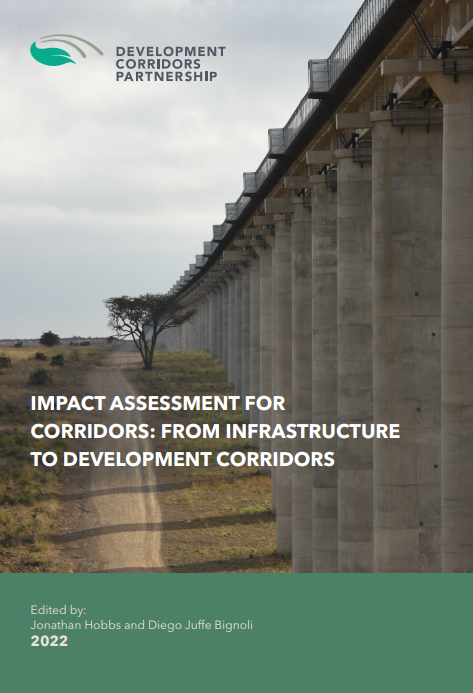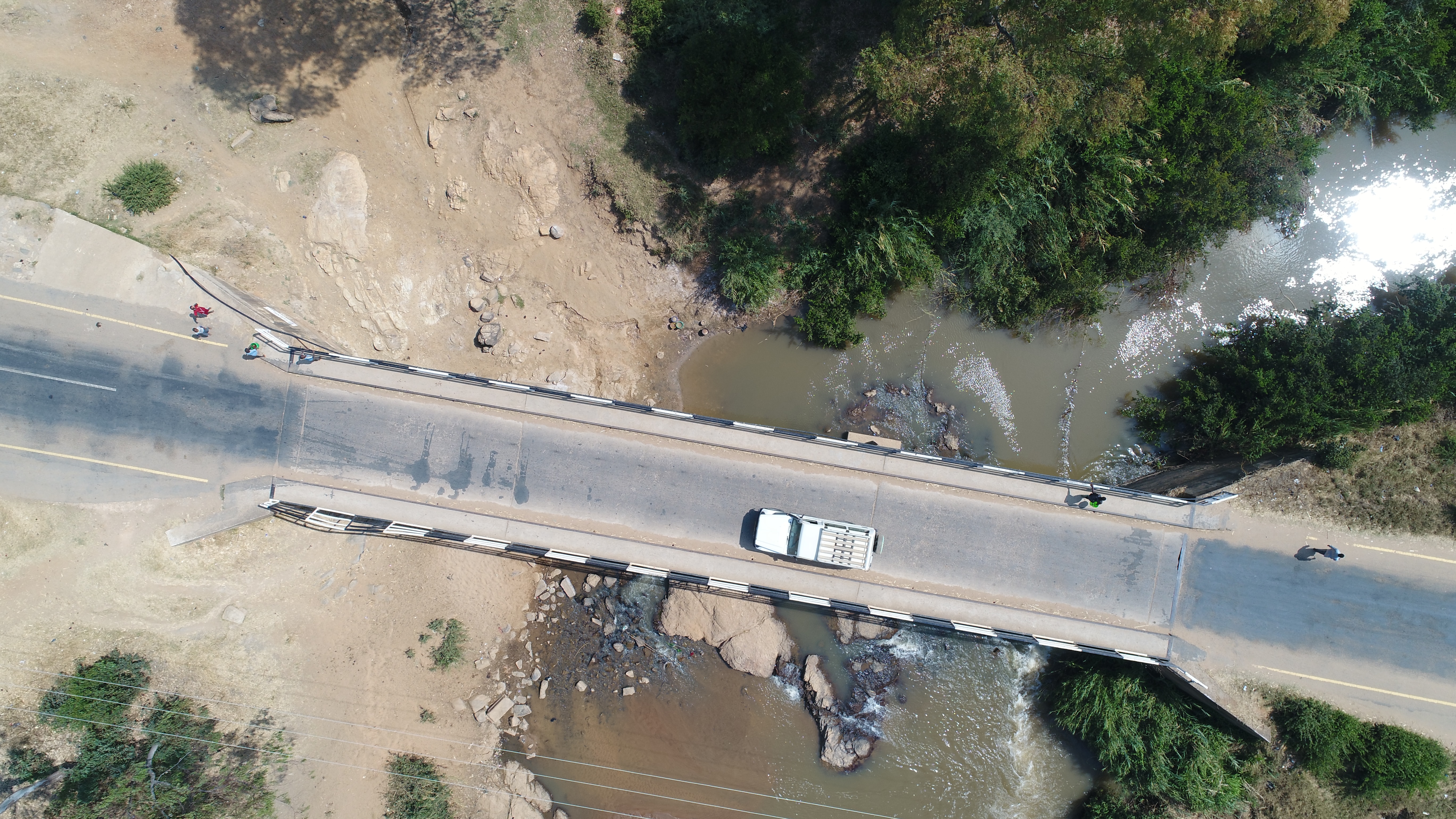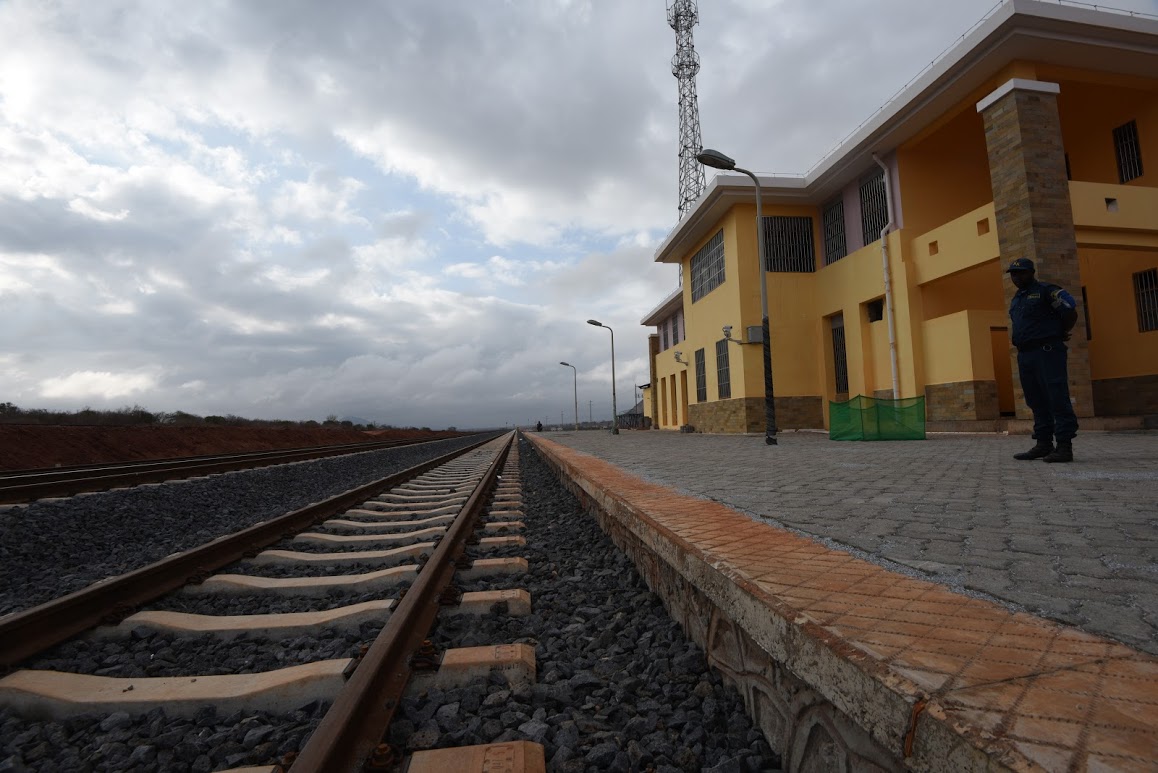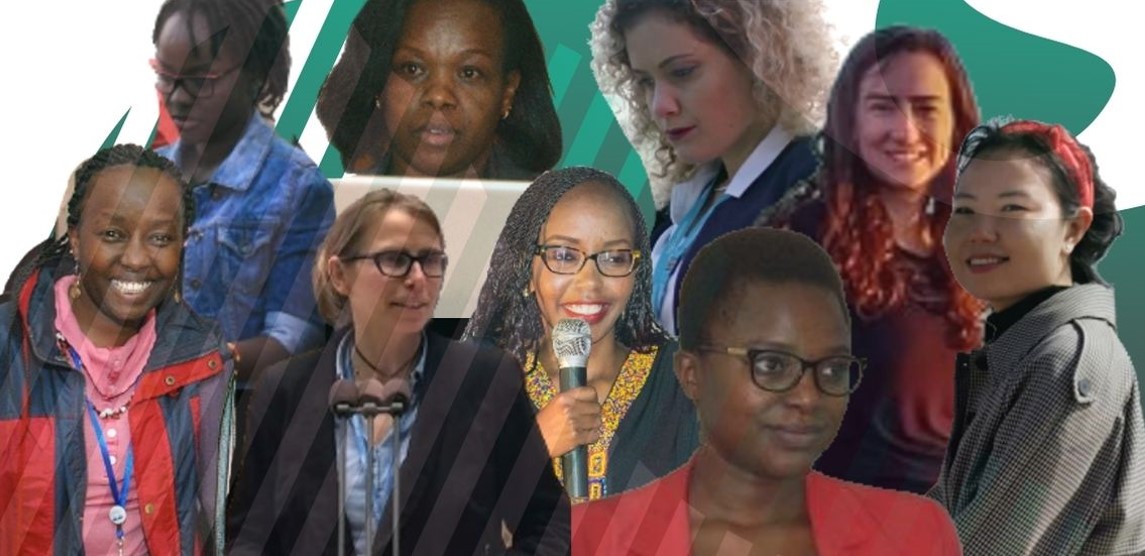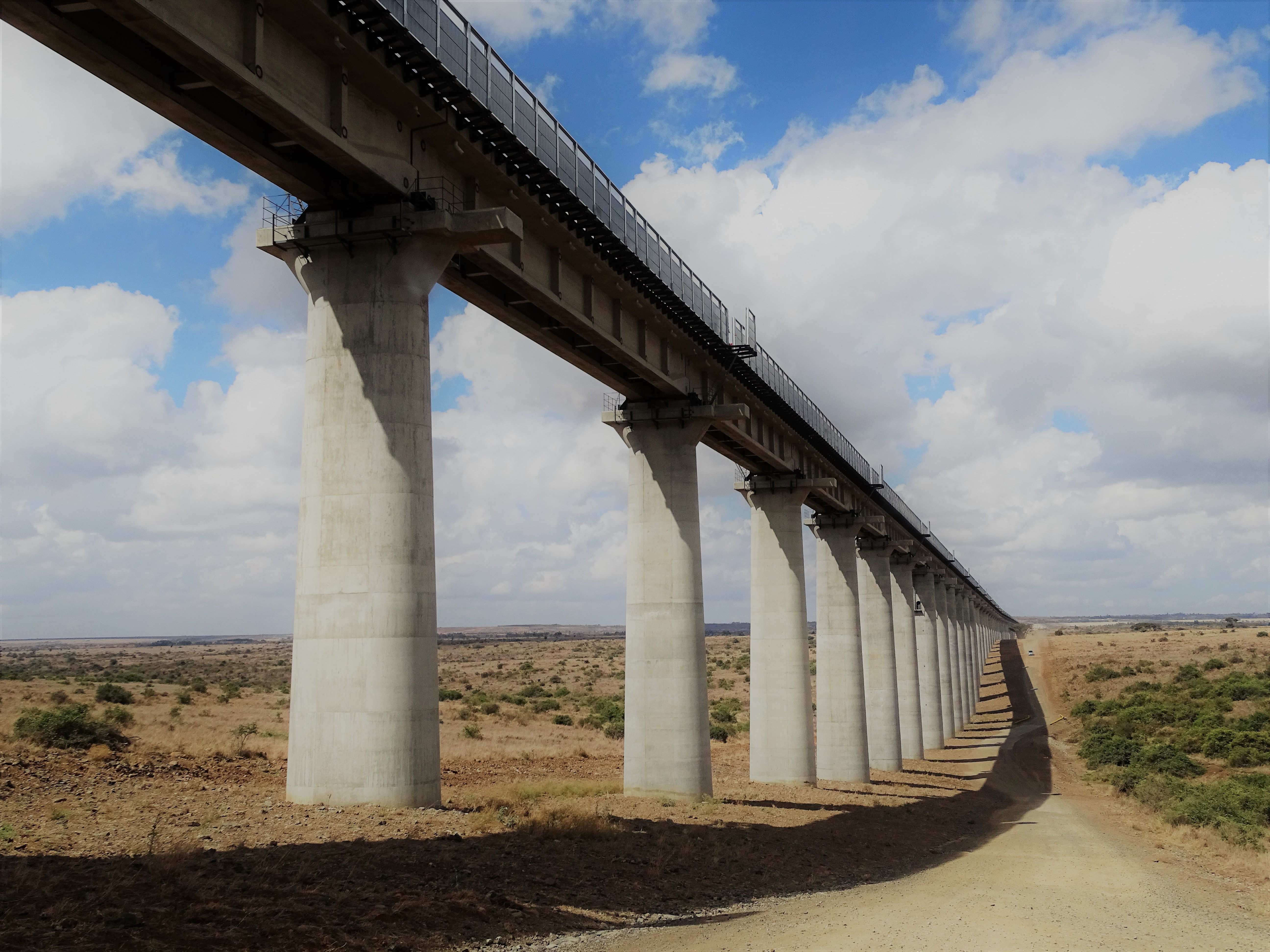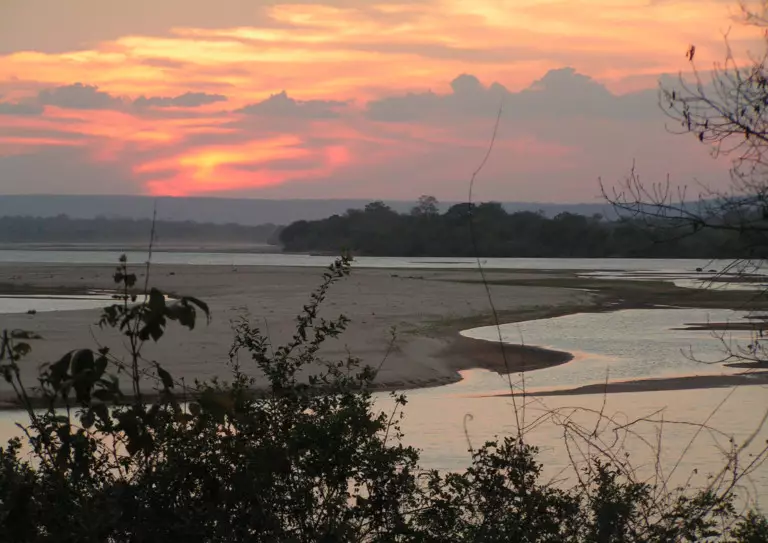“This report compiles case studies, developed by independent experts and researchers, of how impact assessments of development corridors have unfolded in Africa, Asia and Latin America and builds from these to put forward best practice guidelines and principles to achieve better outcomes for nature and people”.
